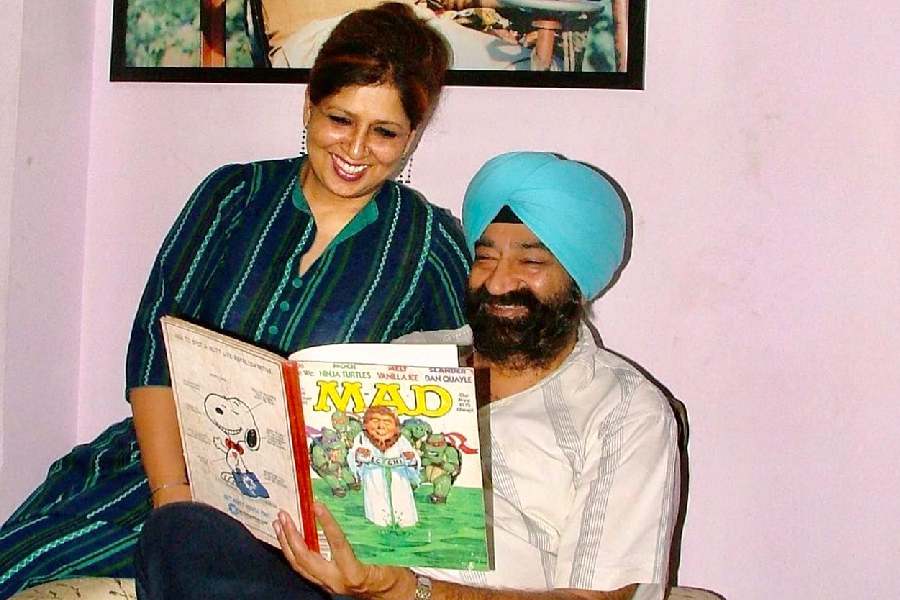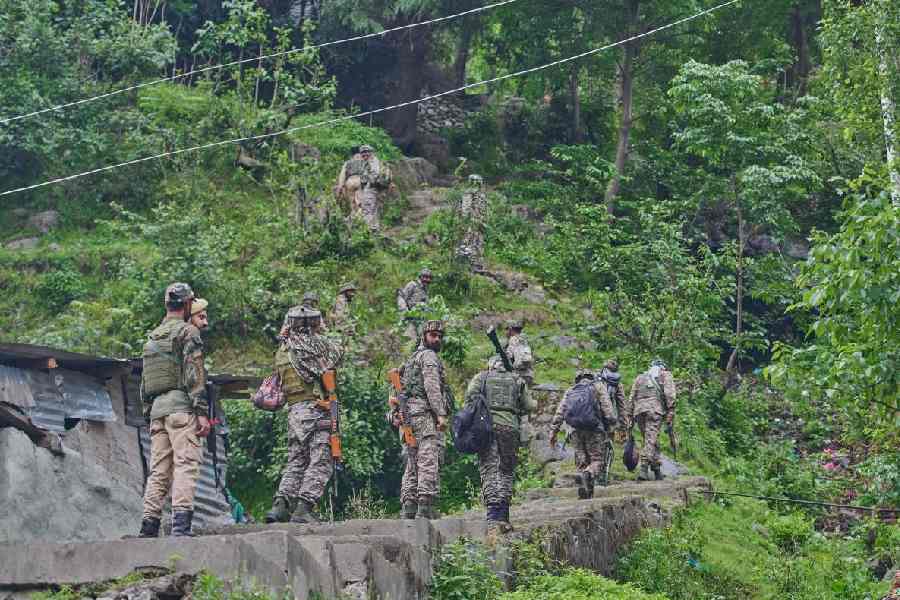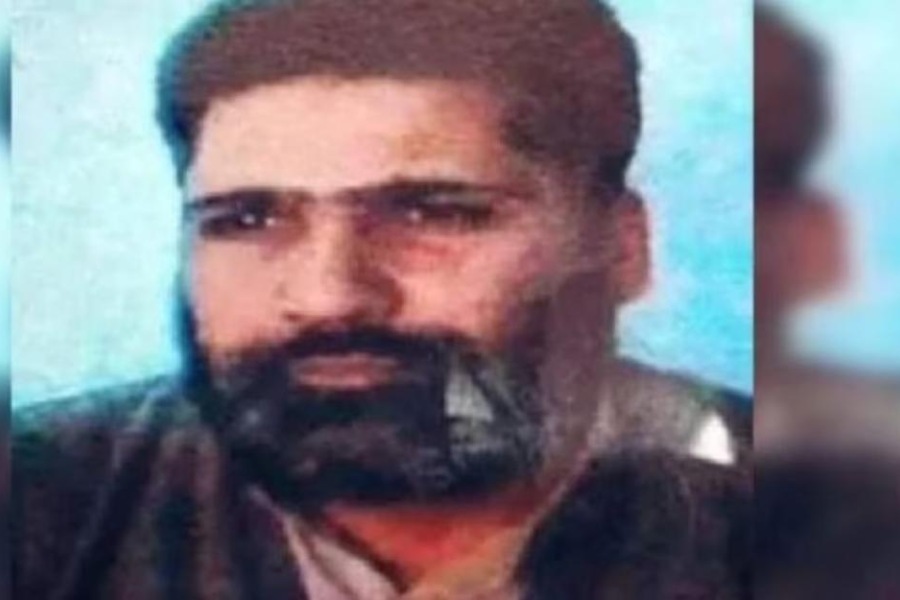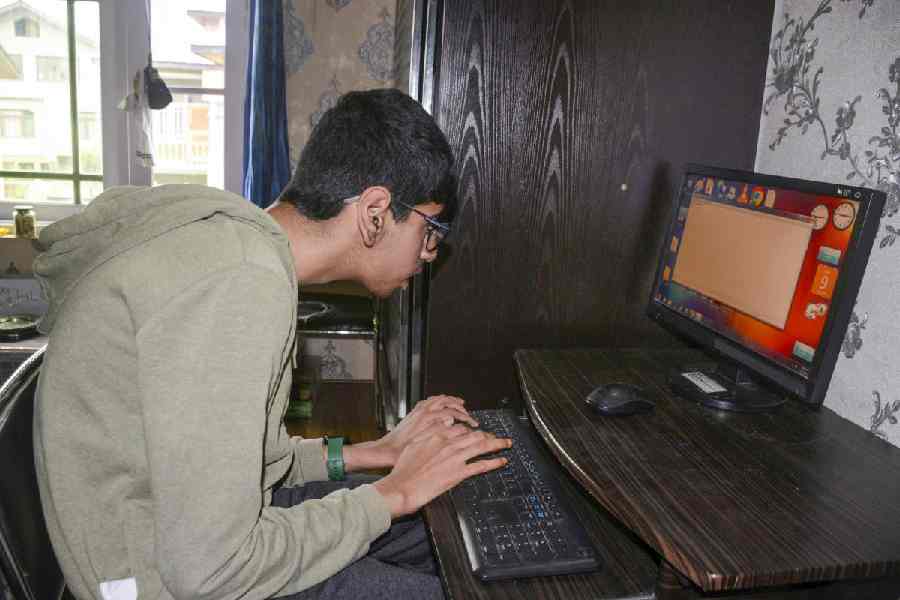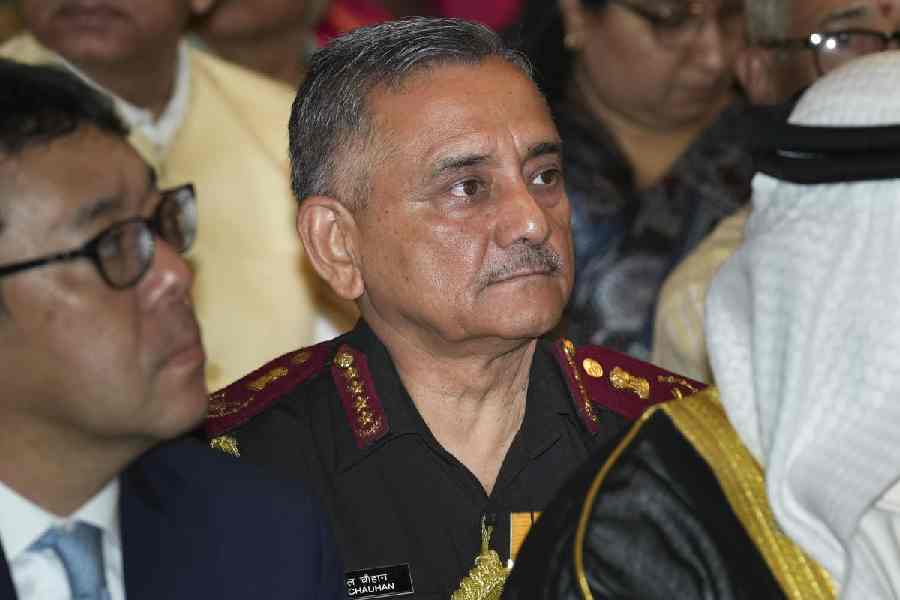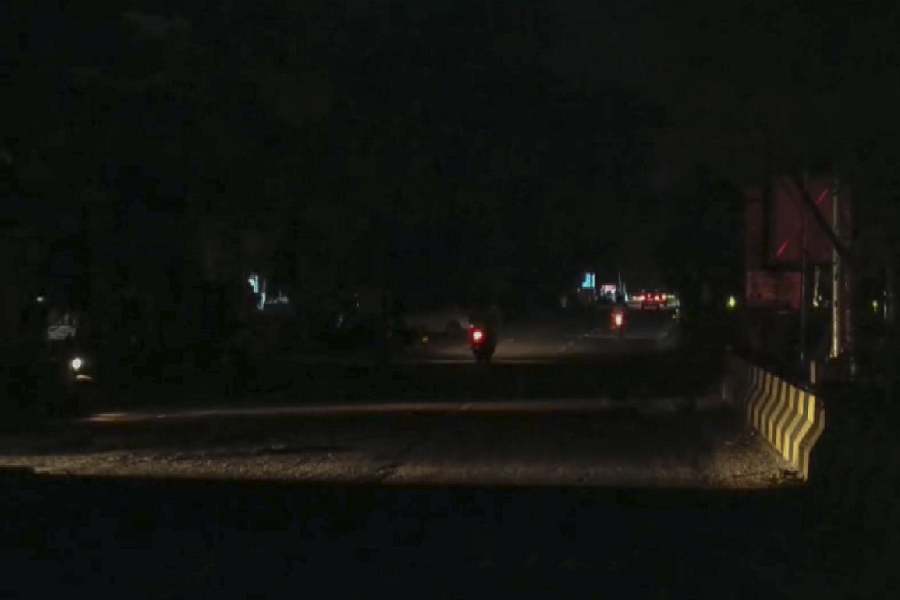 |
We are most delighted to see the performance of Lachit Barphukan by the KNG at Kumar Bhaskar Natya Mandir. This amateur dramatic club compares favourably with any good amateur dramatic club of England and we are much impressed by the high standard of acting by all players. The role of historical plays is very important in free India and we fervently hope that this club will fulfil a great mission”. So commented the members of Indo-British goodwill and cultural mission after watching a drama by Lachit Barphukan at Kumar Bhaskar Natya Mandir during their visit to Guwahati in 1948.
The first regular wooden stage for performing drama was set up at Guwahati in the 1880s at the residence of the Buzarbaruahs at Latasil, which was known as Natya Mandir. In the earthquake of 1897 Natya Mandir was completely destroyed. Around the same time Arya Natya Mandir was established, which became the centre of cultural activities of Guwahati.
Though it was under the management of the prominent Bengalis of the town, both Assamese and Bengali cultural programmes were held regularly. However, an unfortunate incident occurred revolving around a drama festival organised in connection with the coronation of George V in 1912 at Arya Natya Mandir. As a result, some Assamese gentlemen decided to establish a new theatre hall of their own for staging “original Assamese drama” and therein lies the genesis of Kumar Bhaskar Natya Mandir, which stands as a centre of creative excellence at Uzan Bazar in Guwahati today. Kumudeshwar Hazarika says the hall was initially named Guwahati Public Hall.
Bholanath Das, Jogendranath Barua, Chidananda Chowdhury, Radhanath Phukan, Satyendranath Bora, Durgeswar Sarma and Chidananda Sarma began the task of hall construction. They managed to arrange for a plot of land at Uzan Bazar from Harinath Sarma, the site of the Doloi Ugratara Temple, with the permission of the lessee Nabin Chandra Bardoloi.
Fund-raising started with the donation of Rs 600 by Chidananda Choudhury of Panbazar. The tin roof for the hall was procured at Rs 400. Sambhunath Bora and Bholanath Das also contributed to the construction, which was completed in 1915.
The same year, Kamrupa Natya Samiti was formed with Gopinath Bordoloi as secretary and Raghunath Choudhury as the stage manager.
The samiti now took the complete responsibility of the hall and the stage. The very first screen of the stage depicted a scene from Ramachandra’s Setubandhan, painted by one Shyama Das, who had come all the way from Dhaka. Some of the earliest dramas staged in this hall include Meghnad Badh, Chandragupta Maurya, Chandravali, Partha Parajay.
Some leading personalities of the period who acted in the plays were Gopinath Bordoloi, Raghunath Chowdhury, Manik Chowdhury, Triguna Prasad Barua, Kumudeshwar Goswami and “dancer” Charu Bordoloi. Gopinath Bordoloi’s dramatic talents had been aptly demonstrated in the role of Alexander in Chandragupta, Janardhan in Chandrabati and Betal in Partha Parajaya on this stage.
A decade later, with a handsome donation received from Mahendranath Barua, a planter from Golaghat, the hall was thoroughly renovated and it was then, from 1924, the hall was named Kumar Bhaskar Natya Mandir (KBNM) after Kumar Bhaskara Barman, former ruler of Kamarupa. During this period, Jyotiprasad Agarwalla, Mahendranath Dekaphukan, Umesh Chandra Choudhury and Bhubanneswar Barua were involved in activities at the theatre. Jyotiprasad established his Chitralekha Natya Sangha and used KBNM often for staging his programmes.
With the passage of time, it became necessary to give KBNM a facelift. In 1939, Rs 4,445 and six annas were collected from public donations and with this money the hall was thoroughly renovated. In the Forties, Guwahati Sandhya Sanmelani was established in its premises, which added a new dimension in the cultural life of the town. With regular drama and cultural programmes, KBNM got a new lease of life.
It was decided that only original Assamese drama would be staged at the KBNM, instead of Bengali drama in translation. A group of new enthusiastic dramatists came forward. Atul Chandra Hazarika, Prabin Chandra Phukan, Lakhyadhar Chowdhury and actors like Satya Prasad Barua, Subho Barua supported the cause of neo-Assamese drama movement, revolving around the KBNM.
Prabin Chandra Phukan’s Maniram Dewan, Lachit Barphukan’s Kal Parinaya Nipirita, Lakhyadhar Choudhury’s Rakhsya Kumar, Ram Rajya, Alibaba — were new crops harvested in the cultural arena and all these were trend-setters in Assam’s cultural life. Flashback on stage was first introduced in Assam by Sarbeswar Chakravarty when he staged Abhiman. The first co-acting in KBNM was performed on August 5, 1950 when Prabin Phukan’s Pratibad was staged. The ladies’ cast included Baruna Mukarjee, Reba Das, Minu Patra, Kausalya Das, Reba and Mina Dutta. The performance was blessed by Gopinath Bordoloi. Litterateur Atul Chandra Hazarika has termed the period 1937 to 1960 as the “golden age” of this hall.
On two occasions KBNM remained closed for an unusually long time — once in 1929-30, when during the National Movement the hall was converted into a Congress godown for storage of Khadi and spun. The office of the Air Raid Protection (ARP) department was shifted to the KBNM in June 1942 during World War II and therefore, no cultural activities could be conducted here till the end of 1945.
After Independence, however, the hall again got back its life with great personalities of socio-cultural life of Assam joining it. They include Lakhyadhar Chowdhury, Satya Prasad Barooah, Ramesh Chowdhury, Pulin Das, Dilip Hazarika, Kshiroda Bishaya, Sonadhar Das, Ishan Baruah and many others.
No writing on KBNM would be complete without referring to some dedicated off-the-stage silent workers who kept its lifeline going. One such person was Lalit Chowdhury, who spent years in the KBNM without taking part in any drama. As secretary, he looked into all administrative matters, including controlling the crowd. Ram Gosain (Goswami), busy selling tickets, could always watch only the tail end or the climax of a drama. Phatick Bordoloi, popularly known as Phatick Master, was associated with the KBNM for 30 years and took part in acting, but he never got an opportunity to speak a word on stage — he was satisfied with roles like demon, witch, a man in the procession or a pallbearer.
Performance of some celebrities at the KBNM needs to be mentioned. Gopinath Bordoloi took part in Chandragupta Maurya as Alexander, Jnanadibharam Barua performed the role of Bapuram Peshkar in Longha, Jyotiprasad took part in a dance sequence in Nilambar, Bhubaneswar Barua acted as Nomal in Jaimati Lakhyadhar Chowdhury’s Uttara and Subho Barua’s Gandhari in Kurukshetra. Sarbeswar Chakravarty and Satya Prasad Barua’s performance in Maniram Dewan staged at the KBNM during the 1940s and 50s are still remembered by the octogenarians of Guwahati.
For about 25 years since 1975, theatre activities in this hall remained suspended, as its dilapidated condition was not conducive to producing modern drama. However, due to dedicated efforts of theatre personalities like Ishan Barua, Saila Barua and others, the Natya Mandir has been thoroughly renovated at a cost of Rs 49 lakh in 2000. In addition to a new stage, better acoustics, side panelling, facilities for screening cinema, the hall now also has a cultural complex and an art gallery, which was dedicated to the nation on May10, 2000.
On this day, a few weeks before his demise, octogenarian thespian of Assamese theatre, Lakhyadhar Chowdhury, appeared on stage to perform in a drama named Thikona, written by him. It was on this very stage that Chowdhury performed this drama 60 years ago.
Dipankar Banerjee


